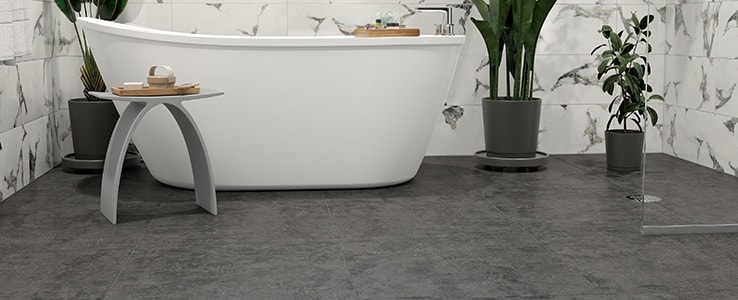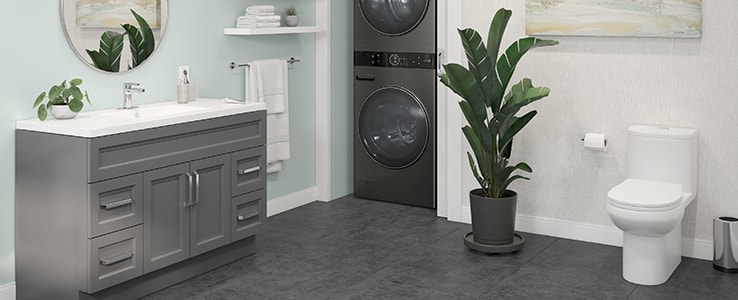1
Prepare the room
- 1.1 - Switch off the power to electrical outlets and take out decorative wall plates and other accessories anchored to the wall.
- 1.2 - Protect all surfaces.
- 1.3 - Take out the baseboards.
Veuillez vous connecter à votre compte afin de profiter de vos rabais en ligne.
Se connecterPlease sign in to your account to take advantage of your online discounts.
Sign in
